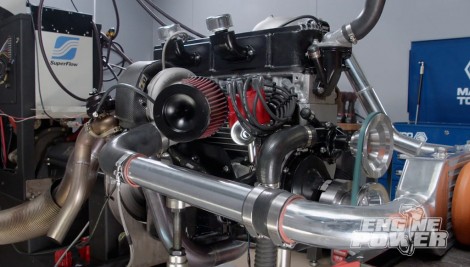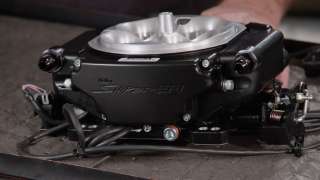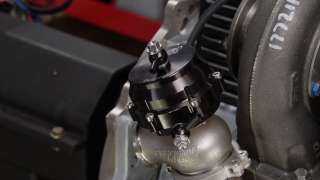
Straight Six on Steroids: Boosting a Chevy 292 Inline Straight-Six
The straight-six engine gets a big horsepower boost with a custom-designed turbo setup.
Season 7
Episode 2
Hosts: Mike Galley, Pat Topolinski
First Air Date: January 31, 2020
Duration: 21 minutes 43 seconds




































